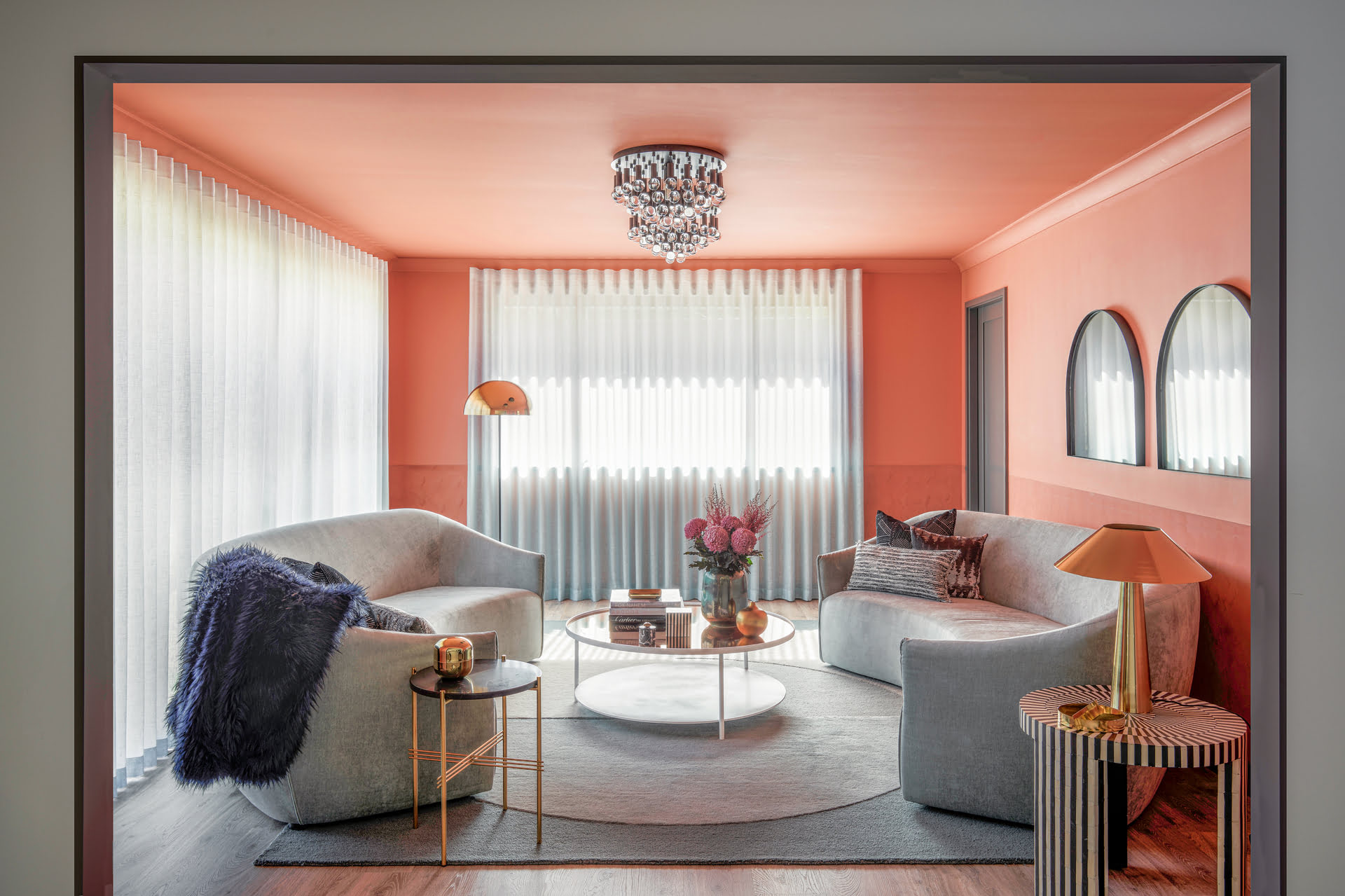

Articles
How Much Does It Cost To Paint A Living Room
Modified: January 18, 2024
Discover the average cost of painting a living room in this informative article. Find out what factors affect the cost and make an informed decision for your next home improvement project.
(Many of the links in this article redirect to a specific reviewed product. Your purchase of these products through affiliate links helps to generate commission for Storables.com, at no extra cost. Learn more)
Introduction
Welcome to our comprehensive guide on how much it costs to paint a living room. Painting your living room is a great way to freshen up the space and give it a new look. Whether you’re considering a DIY project or hiring a professional painter, it’s important to understand the factors that can affect the overall cost.
Painting a living room involves more than just slapping some paint on the walls. It requires careful planning, preparation, and attention to detail. This guide will walk you through the various factors that can impact the cost, including the type of paint you choose, the amount of preparation work required, labor costs, and additional expenses you might want to consider.
By the end of this guide, you’ll have a better understanding of the costs involved in painting a living room and be able to make an informed decision on whether to tackle the project yourself or hire a professional.
Key Takeaways:
- Factors such as room size, wall condition, and paint type significantly impact the cost of painting a living room. Proper preparation and choosing the right paint are crucial for achieving a professional finish.
- While DIY painting offers cost savings and flexibility, hiring a professional ensures expert results and saves time. Consider budget, skill level, and desired outcome when deciding between the two options.
Read more: How Much Does It Cost To Paint A Room?
Factors That Affect the Cost of Painting a Living Room
When it comes to painting a living room, several factors can influence the overall cost. Let’s take a closer look at some of the key considerations:
- Size of the Room: The size of the living room is one of the most significant factors that can impact the cost. Larger rooms require more paint, supplies, and time to complete the project, which can result in higher expenses.
- Condition of the Walls: The condition of the walls also plays a crucial role in determining the cost. If the walls have imperfections, such as cracks, holes, or peeling paint, they will require additional preparation work, including patching, sanding, and priming. This can increase the overall cost of the project.
- Type of Paint: The type of paint you choose can greatly affect the cost. There are various options available, ranging from basic paint to high-quality, premium paint. Premium paint tends to be more expensive but offers better coverage, durability, and a smoother finish.
- Number of Coats: The number of coats of paint required will impact the overall cost. While most rooms require at least two coats for optimal coverage, in some cases, additional coats may be necessary, especially if you’re changing the color of the walls or covering up a dark shade with a lighter one.
- Texture and Design: If you have textured walls or intricate designs, such as stenciling or faux finishes, it can increase the labor and time required to complete the job, consequently affecting the cost.
- Accessibility: The accessibility of the living room can also impact the cost. If the room is on a higher floor or in a location that is difficult to reach, it may require additional equipment or manpower, resulting in higher expenses.
- Additional Features: The presence of additional features, such as crown molding, baseboards, windows, or doors, can affect the cost. Painting these elements may require extra time and effort, adding to the overall expense.
- Location: The cost of living and labor rates can vary depending on your geographical location. In areas with a higher cost of living, you can expect the price for painting a living room to be higher compared to areas with a lower cost of living.
It’s important to keep these factors in mind when estimating the cost of painting your living room. By considering these variables, you can have a better idea of the budget needed for your project and make informed decisions throughout the process.
Choosing the Right Paint
Choosing the right paint for your living room can make a significant difference in the overall result and longevity of your project. Here are some factors to consider when selecting the paint:
- Type of Paint: There are different types of paint available, including latex, oil-based, and water-based paints. Latex paints are commonly used for interior walls due to their durability, easy cleanup, and low odor. Oil-based paints provide a smooth and glossy finish but may require longer drying times and proper ventilation.
- Paint Finish: Paint finishes determine the level of sheen or glossiness of the painted surface. The most common paint finishes are flat, eggshell, satin, semi-gloss, and high-gloss. Flat paints have a non-reflective finish and are ideal for hiding imperfections, while high-gloss paints offer a shiny and reflective surface.
- Color and Shade: The color and shade of paint can greatly impact the ambiance and visual appeal of your living room. Consider the existing decor, lighting, and personal preferences when choosing a color. It’s also important to use high-quality paint that provides good coverage and color accuracy.
- Paint Brand: Choosing a reputable paint brand is essential to ensure a high-quality finish and long-lasting results. Well-known brands often have a wide range of colors, finishes, and formulations to choose from, along with warranties and customer support.
- Eco-Friendly Options: If you’re conscious about the environment, consider using eco-friendly or low VOC (volatile organic compounds) paints. These paints have reduced emissions and are less harmful to the environment and your health.
Before purchasing the paint, it’s a good idea to obtain small sample tins and test them on the walls to see how they look under different lighting conditions and next to your furniture and decor. This can help you make a more informed decision and ensure you’re satisfied with the final result.
Remember, investing in high-quality paint and carefully selecting the right type, finish, and color can make a significant difference in the appearance and durability of your living room paint job. Take the time to research and choose wisely to achieve the desired outcome.
Preparation Work
Proper preparation is key to achieving a smooth and professional-looking paint job. Before you start painting your living room, make sure to take the necessary steps to prepare the surfaces. Here are some essential preparation tasks to consider:
- Clean the Walls: Begin by thoroughly cleaning the walls to remove any dirt, dust, or grease that could affect the paint’s adhesion. You can use a mild detergent and water solution to clean the walls, followed by rinsing with clean water and allowing them to dry completely.
- Repair Any Imperfections: Inspect the walls for any cracks, holes, or dents. Fill these imperfections with spackling compound or putty, and then sand the patched areas until they are smooth and flush with the wall surface. This step ensures a seamless finish when the paint is applied.
- Sand the Walls: Lightly sand the walls with fine-grit sandpaper to smooth out any rough patches, remove any loose paint or texture, and create a slightly rougher surface to help the new paint adhere better.
- Protect the Surrounding Areas: Cover and protect the floors, furniture, and other surfaces in the living room with plastic sheets or drop cloths to prevent paint splatters or spills from causing damage.
- Apply Primer: Applying a coat of primer is highly recommended, especially if you’re painting over a darker color, have repaired damaged areas, or are using a paint with a different base than the existing paint. Primer helps the new paint adhere better and provides a uniform surface for optimal color coverage.
- Tape Off Trim and Edges: Use painter’s tape to carefully mask off any trim, baseboards, windows, or other edges that you want to keep paint-free. This will ensure clean and crisp lines when applying the paint.
- Fill Nail Holes and Caulk: If there are any nail holes or gaps between trim and walls, fill them with spackling or caulk, and then sand it smooth once dry. This step helps create a seamless surface and a professional finish.
By investing time and effort into proper surface preparation, you can ensure that the paint adheres well, the finish is smooth, and the end result is more durable and aesthetically pleasing. Don’t rush through this step, as it can significantly affect the overall quality of your living room paint job.
Labor Costs
When painting a living room, labor costs can vary depending on several factors including the size of the room, the complexity of the project, and the experience level of the painter. Hiring a professional painter can save you time and ensure a high-quality finish, but it’s important to understand the potential labor costs involved.
Painters typically charge either an hourly rate or a flat fee for their services. The hourly rate can range from $25 to $75 per hour, depending on the painter’s expertise and the location. The flat fee is often based on the size of the room or the project as a whole.
In addition to the painting itself, professional painters will also include time for the preparation work, such as cleaning, repairing, and priming the walls. They will also handle tasks like moving furniture, protecting surfaces, and cleaning up after the project is complete.
The labor costs for painting a living room can also be influenced by factors such as:
- Complexity of the Project: If the project involves intricate designs, patterns, or textured walls, the labor costs may be higher due to the additional time and skill required to achieve the desired result.
- Experience and Expertise: Highly experienced and reputable painters may charge higher rates. However, their expertise can often translate into a more efficient and higher-quality paint job.
- Timeline: If you have a specific deadline or require the project to be completed on a shorter timeline, the labor costs may be higher due to the need for additional manpower or overtime hours.
- Additional Services: If you have additional services requested, such as applying multiple coats of paint or painting trim or ceilings, these additional services may come with an added cost.
- Travel Expenses: If the painter needs to travel a significant distance to reach your location, they may factor in travel expenses, which can increase the overall labor costs.
It’s important to obtain quotes from multiple painters and clearly communicate your expectations and requirements to ensure you receive accurate estimates. Remember to consider the experience, reputation, and track record of the painters, as a higher price might be justified by their superior craftsmanship and attention to detail.
Keep in mind that the labor costs for painting a living room can vary, so it’s advisable to obtain several quotes and compare them to find the best option that suits your budget and expectations.
Additional Costs to Consider
When budgeting for painting your living room, it’s important to consider additional costs that may arise during the project. While the main costs are typically for paint and labor, there are other expenses that you should take into account. Here are some additional costs to consider:
- Paint and Supplies: In addition to the paint itself, you may need to purchase painting supplies such as brushes, rollers, trays, drop cloths, painter’s tape, and sandpaper. These supplies can add to the overall cost of the project.
- Primer: If your walls require priming, you’ll need to factor in the cost of primer. Primer helps with paint adhesion and can improve the overall coverage and finish of the paint.
- Repair Materials: If your walls have imperfections that need to be patched, filled, or sanded, you’ll need to purchase the necessary repair materials such as spackling compound, putty, sandpaper, and caulk.
- Removal and Disposal: If you have wallpaper, old paint, or other materials that need to be removed before painting, there may be additional costs associated with their removal and disposal. This can include renting equipment or hiring professionals for the removal process.
- Color Consultation: If you’re unsure about which color to choose for your living room, you may consider hiring a color consultant to help you make the right decision. This service can come with an additional cost but can provide valuable guidance and ensure you’re satisfied with the final result.
- Furniture Storage or Moving: If you have large furniture or items that need to be temporarily moved or stored during the painting process, you may need to rent storage space or hire professional movers. These costs should be factored into your overall budget.
- Clean-Up: After the painting is complete, there may be some clean-up required. This can include removing painter’s tape, wiping down surfaces, and disposing of any paint cans or additional materials. If you don’t want to do the clean-up yourself, you may need to hire cleaners, which comes with an extra cost.
- Insurance or Warranty: Some professional painters offer insurance or warranties for their work. This ensures that you’re protected in case of any issues or defects discovered after the project is completed. While not a mandatory cost, it can provide peace of mind and added protection.
By considering these additional costs, you can have a more accurate estimate of the total expenses involved in painting your living room. It’s important to factor in these costs when setting your budget to ensure you’re fully prepared and not caught off guard by unexpected expenses.
When estimating the cost to paint a living room, consider the size of the room, the type of paint and finish you want, and whether any repairs or prep work are needed. Get quotes from multiple painters to compare prices.
Average Cost of Painting a Living Room
The average cost of painting a living room can vary depending on several factors, including the size of the room, the condition of the walls, the type of paint used, and labor costs. However, as a general guideline, you can expect to spend around $400 to $1,500 for a standard-sized living room.
This cost estimate typically includes the following:
- Paint: The cost of paint will depend on the brand, quality, and type of paint you choose. On average, you can expect to spend between $30 and $70 per gallon of paint. Keep in mind that you may need more than one gallon depending on the size of your living room and if multiple coats are required.
- Supplies: Painting supplies, such as brushes, rollers, trays, painter’s tape, and drop cloths, can cost anywhere from $50 to $100.
- Labor: Labor costs can vary depending on the painter’s experience, location, and the complexity of the project. On average, you can expect to pay between $300 and $800 for labor, but this can increase if there are additional services or extensive prep work required.
- Additional Costs: Additional costs, such as primer, repair materials, removal and disposal, or color consultation, should also be factored into the overall budget. These can range from $50 to a few hundred dollars, depending on the specific needs of your project.
It’s important to remember that these are rough estimates and individual prices may vary. To get a more accurate estimate of the cost to paint your living room, it’s recommended to obtain quotes from professional painters in your area. They will take into account the specific details of your project and provide a more precise cost breakdown.
Keep in mind that while DIY painting may save you on labor costs, hiring a professional painter can ensure a higher-quality finish, save you time, and provide expertise in achieving the desired look for your living room. It’s important to weigh the pros and cons and consider your budget and skill level when deciding whether to tackle the project yourself or hire a professional.
By understanding the average cost and budgeting accordingly, you can embark on your living room painting project with confidence and achieve the desired results within your planned expenditure.
DIY vs. Hiring a Professional
When it comes to painting your living room, you have the option of doing it yourself (DIY) or hiring a professional painter. Both options have their advantages and considerations. Let’s explore the pros and cons of each:
DIY:
Pros:
- Cost Savings: DIY painting can save you money on labor costs, as you won’t have to pay for professional services. You can allocate your budget towards purchasing high-quality paint and supplies instead.
- Flexibility and Control: By doing it yourself, you have complete control over the project. You can choose the colors, finishes, and painting techniques to suit your personal preferences and create a unique look for your living room.
- Satisfaction of Accomplishment: Completing a DIY painting project can be a rewarding experience. It allows you to take pride in the results of your hard work and adds a personal touch to your living space.
- Learning Opportunity: Painting your living room yourself can provide an opportunity to learn new skills and gain knowledge about the painting process. It can be a valuable experience if you enjoy hands-on projects and want to expand your skill set.
Cons:
- Time and Effort: DIY painting requires time and effort. You’ll need to dedicate several days to properly prepare the room, apply the paint, and clean up afterward. It can be a time-consuming process, especially if you’re inexperienced or have a large living room.
- Quality and Expertise: Achieving a professional-looking finish can be challenging for beginners. It may take some practice to develop the necessary skills and techniques to ensure an even coat, smooth surfaces, and clean lines. DIY projects can be more prone to imperfections and mistakes.
- Equipment and Supplies: As a DIY painter, you’ll need to purchase your own painting equipment and supplies. These costs can add up, especially if you invest in high-quality brushes, rollers, and other tools.
- Limited Warranty: With a DIY project, you won’t have the same level of warranty or guarantee that you would with a professional painter. If any issues arise or the paint job needs touch-ups in the future, you’ll be responsible for addressing them yourself.
Hiring a Professional:
Pros:
- Professional Results: Hiring a professional painter ensures a high-quality finish. Professionals have the skills, expertise, and knowledge to achieve even coats, smooth surfaces, and clean lines. They have experience with different painting techniques and can provide a level of precision that may be challenging for a novice.
- Time and Convenience: Hiring a professional saves you valuable time and effort. They will take care of all the prep work, including cleaning, repairing, priming, and protecting surrounding areas. They also have the manpower to complete the job efficiently and in a timely manner.
- Expert Advice: Professional painters can offer valuable advice and recommendations on color choices, paint finishes, and other aspects of your living room painting project. They can help you achieve the desired look and provide insights based on their experience.
- Warranty and Guarantee: Reputable painters often provide warranties or guarantees for their work. This means that if any issues arise or if you’re not completely satisfied with the results, they will rectify the situation at no additional cost.
Cons:
- Higher Cost: Hiring a professional painter can be more expensive than doing it yourself. Labor costs can vary depending on the complexity of the project, but they are an additional expense to consider. However, the cost can be justified by the professional results and time savings.
- Limited Control: When you hire a professional, you have less control over the project. While you can communicate your preferences and expectations, ultimately, the painter will use their expertise to make decisions regarding techniques and processes.
Ultimately, the decision between DIY and hiring a professional painter comes down to your budget, time availability, skill level, and personal preferences. If you have the time, patience, and willingness to learn, DIY painting can be a fulfilling and cost-effective option. However, if you value professional results, convenience, and expertise, hiring a professional painter is often the best choice.
Consider your own capabilities, schedule, and desired outcome to make an informed decision that will result in a beautifully painted living room that meets your expectations.
Conclusion
Painting your living room can transform the space and give it a fresh, updated look. Whether you decide to tackle the project yourself or hire a professional painter, understanding the factors that affect the cost and the considerations involved is crucial for planning and budgeting.
Factors such as the size of the room, the condition of the walls, the type of paint, and labor costs all play a role in determining the overall cost of painting a living room. By taking these factors into account and obtaining quotes from professionals, you can better estimate and allocate your budget.
Choosing the right paint, which includes considering the type, finish, color, and brand, is also important in achieving the desired result. Take the time to research and test different options to ensure you’re satisfied with the final look and performance of the paint.
Proper preparation work, such as cleaning, repairing, sanding, and priming the walls, is essential for a smooth and professional-looking finish. Don’t underestimate the time and effort required for this step, as it sets the foundation for a successful paint job.
When it comes to labor costs, hiring a professional painter can ensure a high-quality finish and save you time and effort. However, if you’re on a tight budget or enjoy hands-on projects, DIY painting may be a viable option. Consider your skill level, available time, and the desired level of expertise when making this decision.
Additional costs to consider include paint and supplies, primer, repair materials, removal and disposal, color consultation, and furniture storage or moving. Factoring in these expenses will help you create a more accurate budget and avoid any surprises along the way.
In conclusion, painting your living room is a great way to refresh and revitalize the space. Whether you decide to take on the project yourself or hire a professional, careful planning, budgeting, and consideration of the various factors involved will ensure a successful outcome. Enjoy the process and the transformation that a fresh coat of paint can bring to your living room!
Frequently Asked Questions about How Much Does It Cost To Paint A Living Room
Was this page helpful?
At Storables.com, we guarantee accurate and reliable information. Our content, validated by Expert Board Contributors, is crafted following stringent Editorial Policies. We're committed to providing you with well-researched, expert-backed insights for all your informational needs.
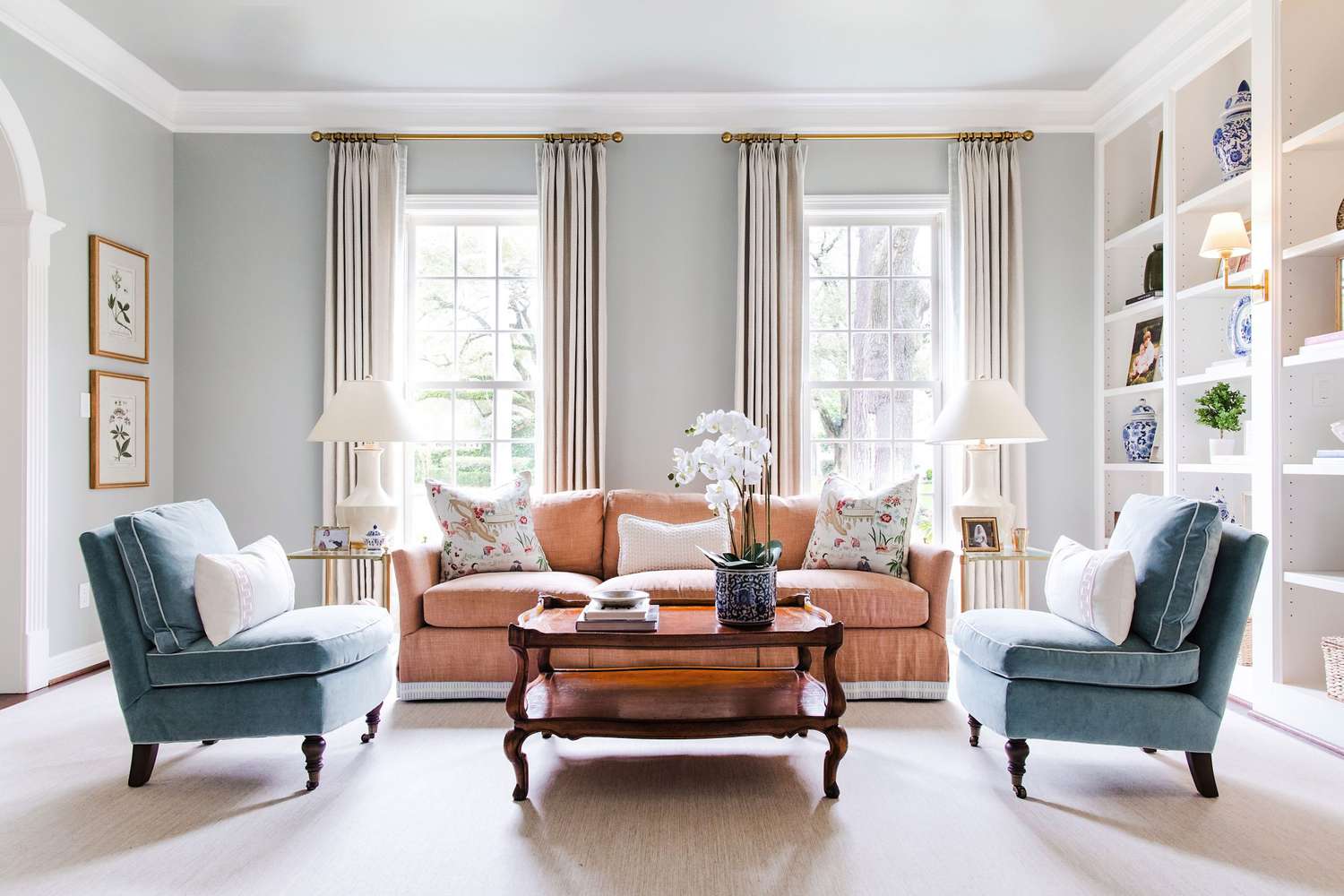

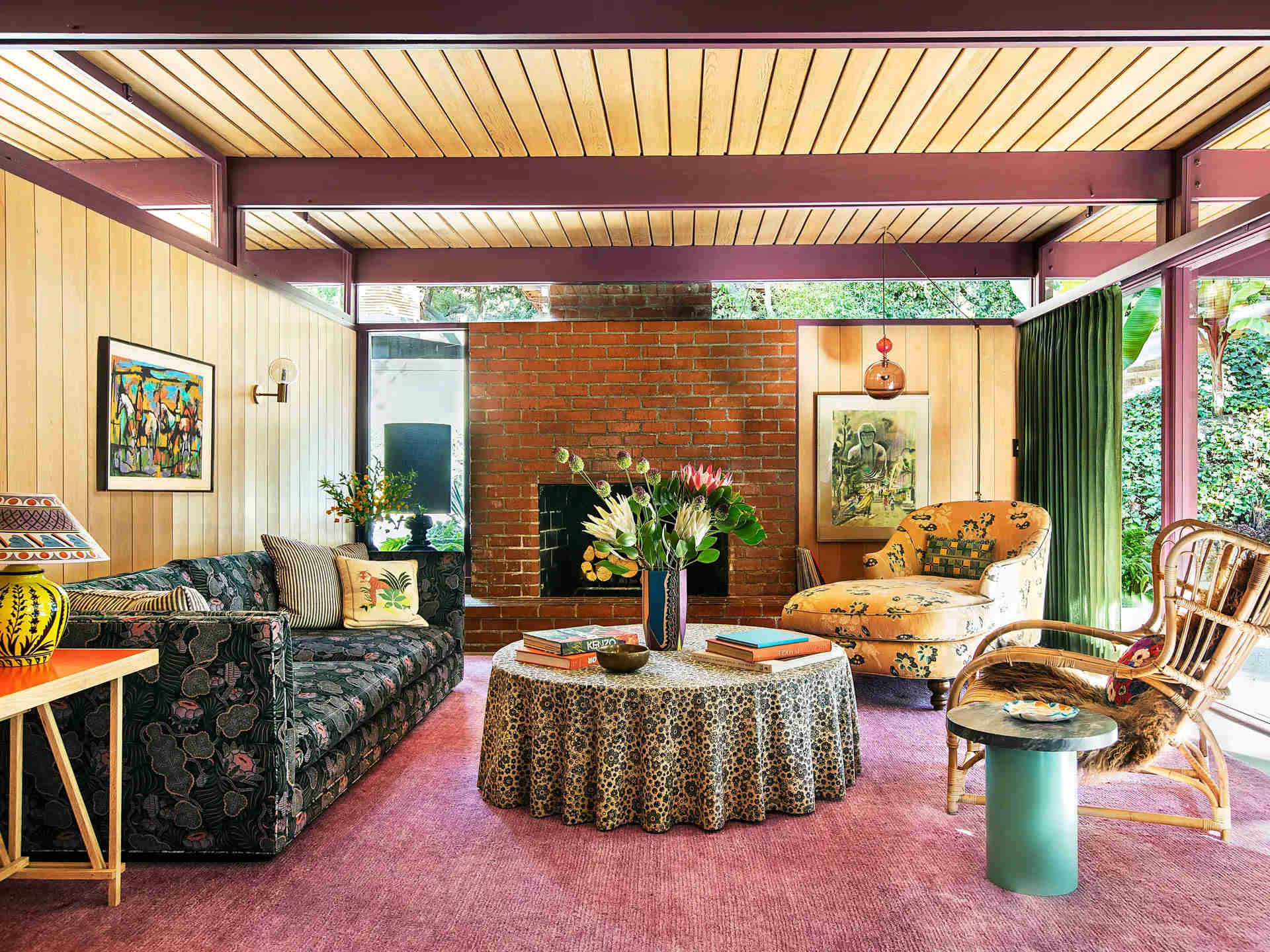

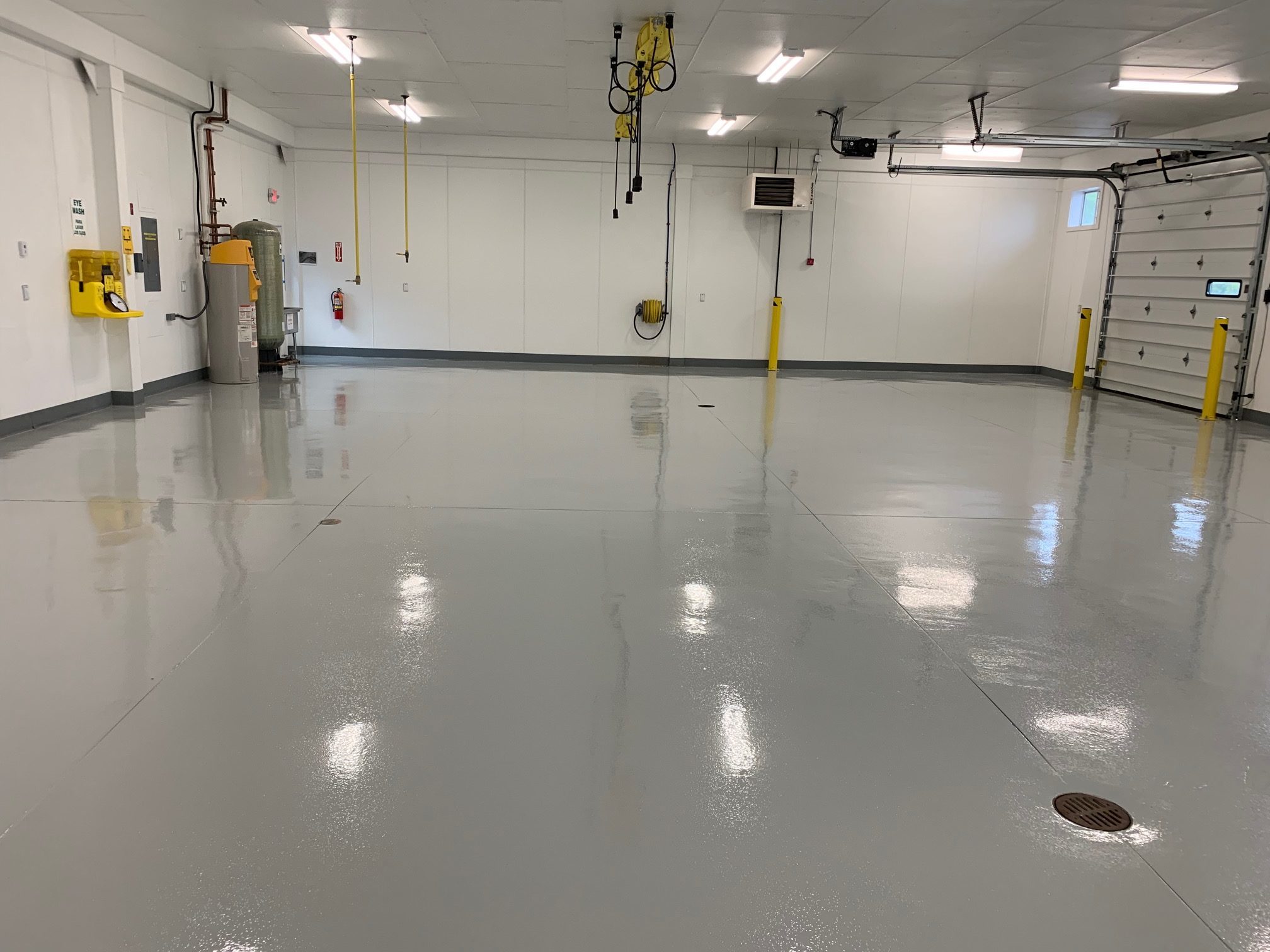
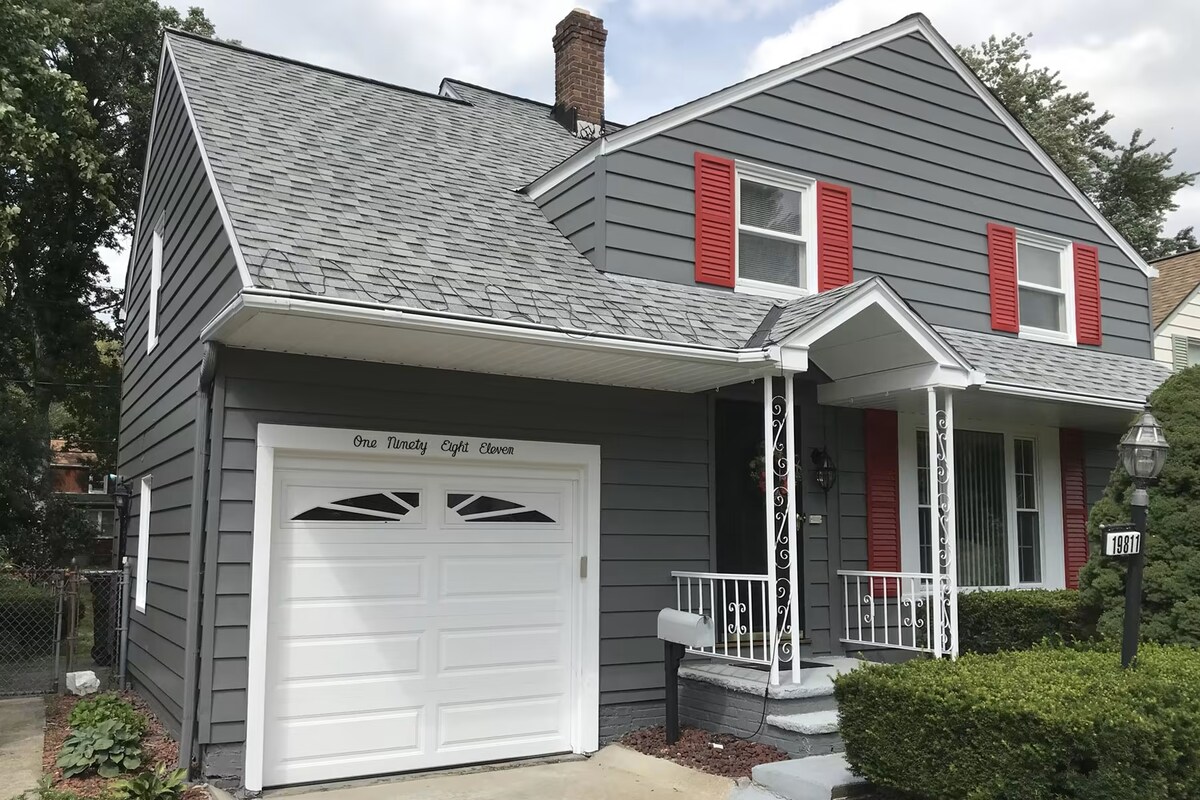
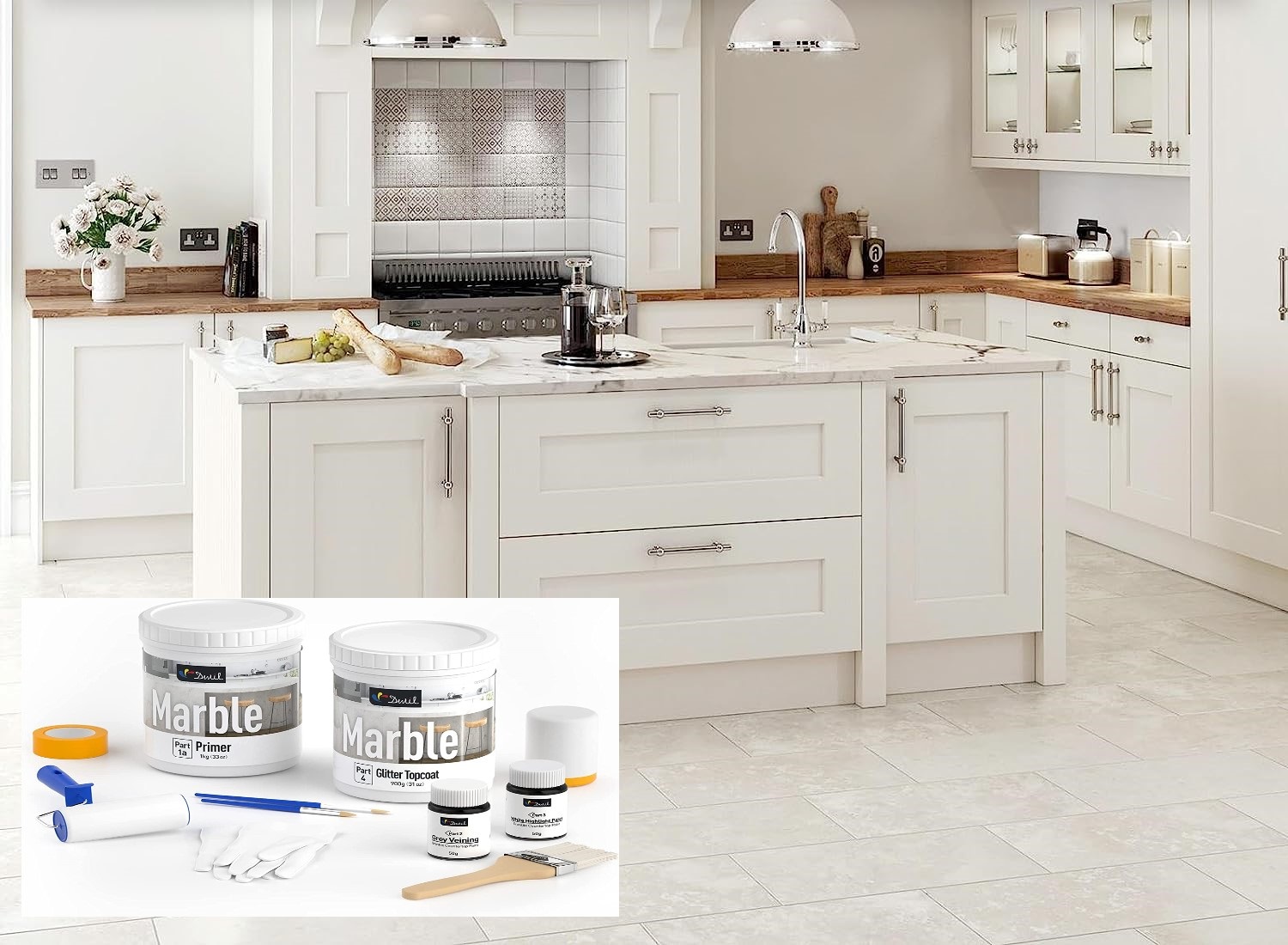
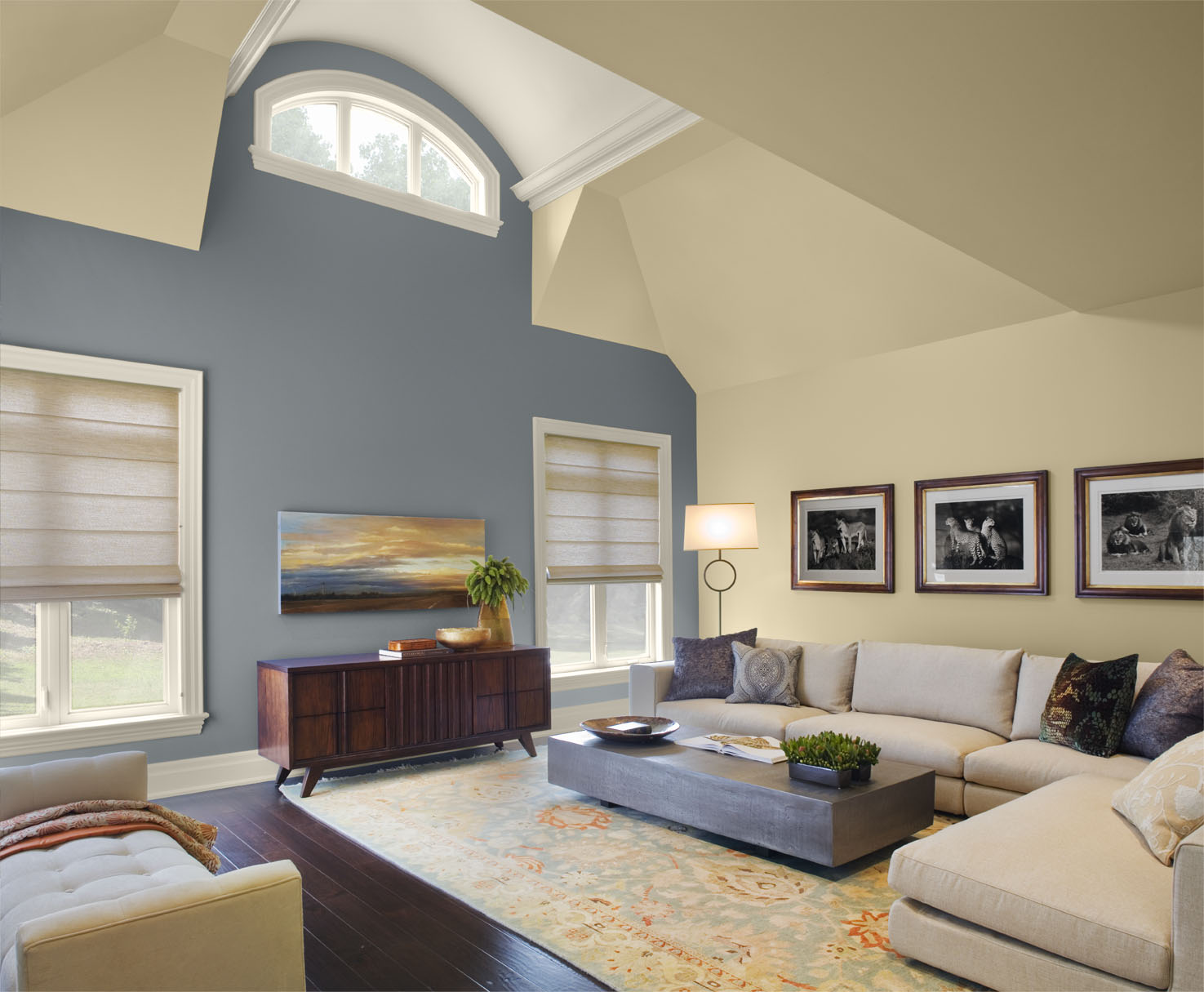
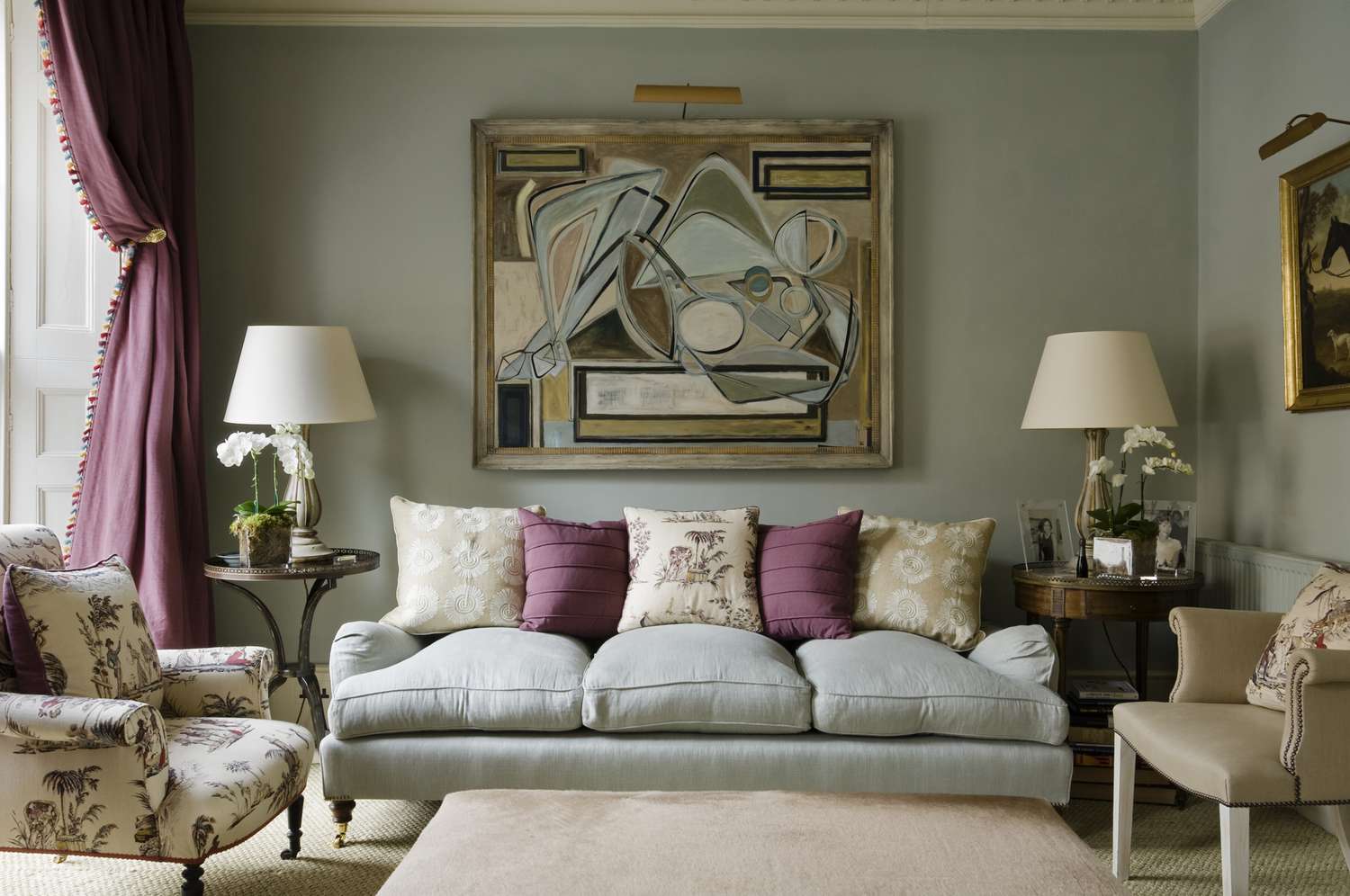
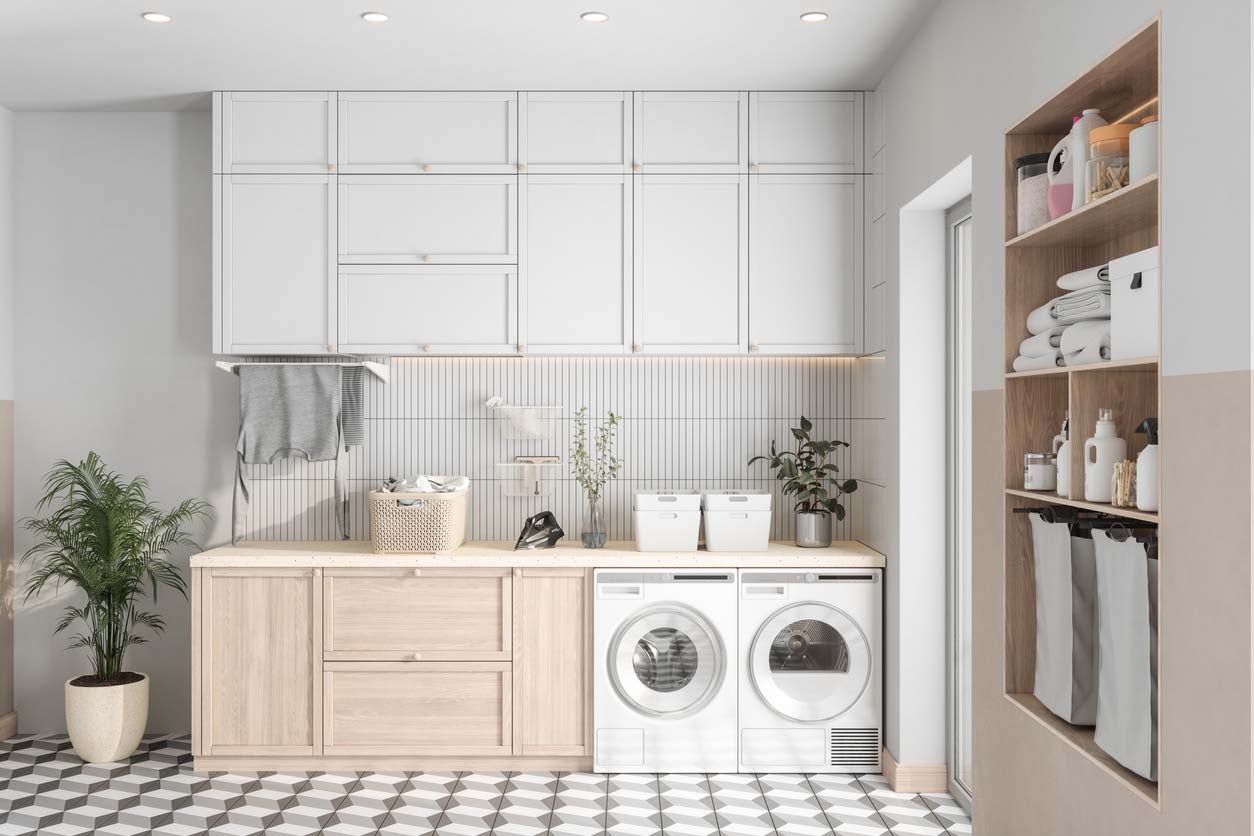
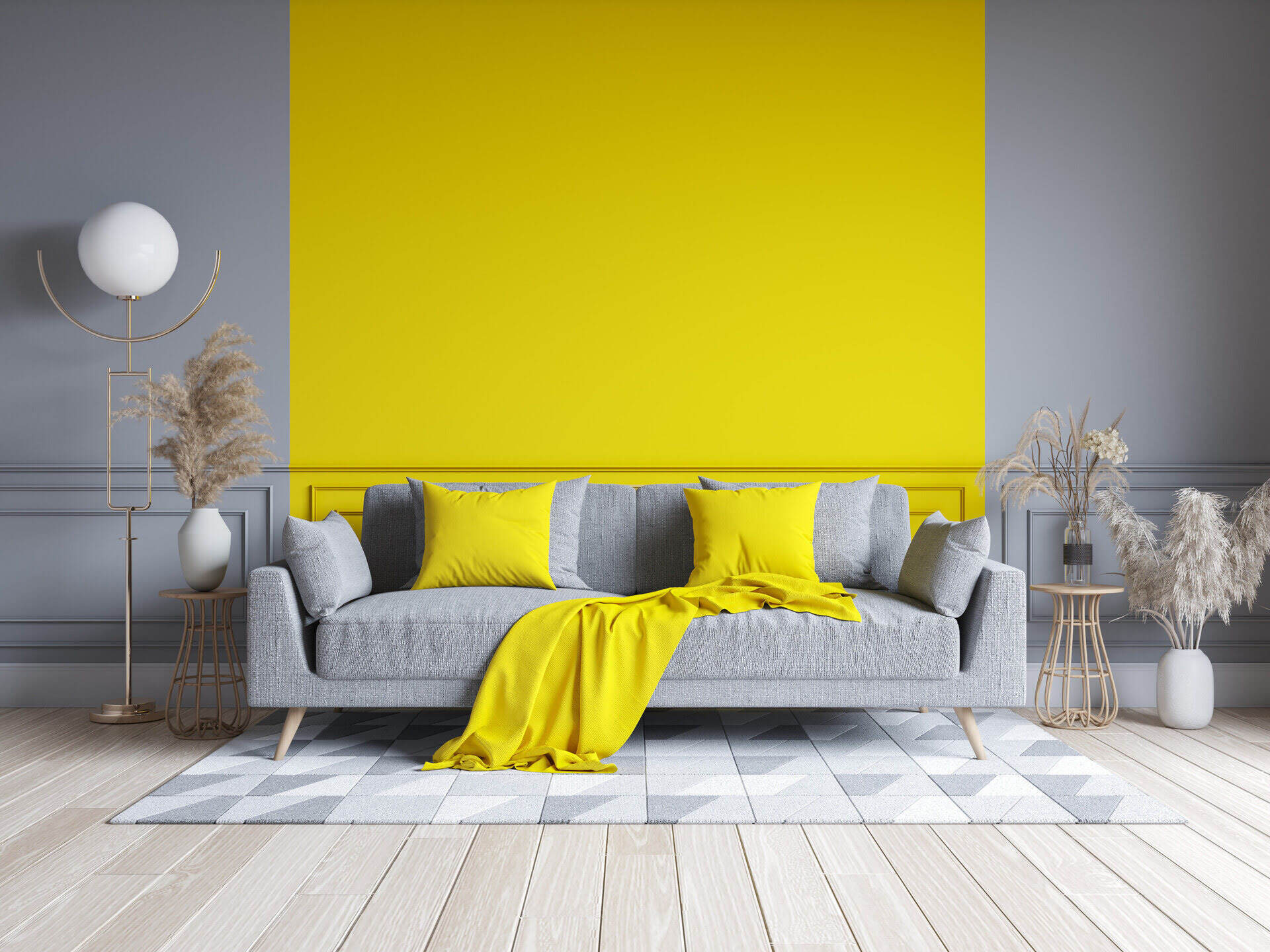
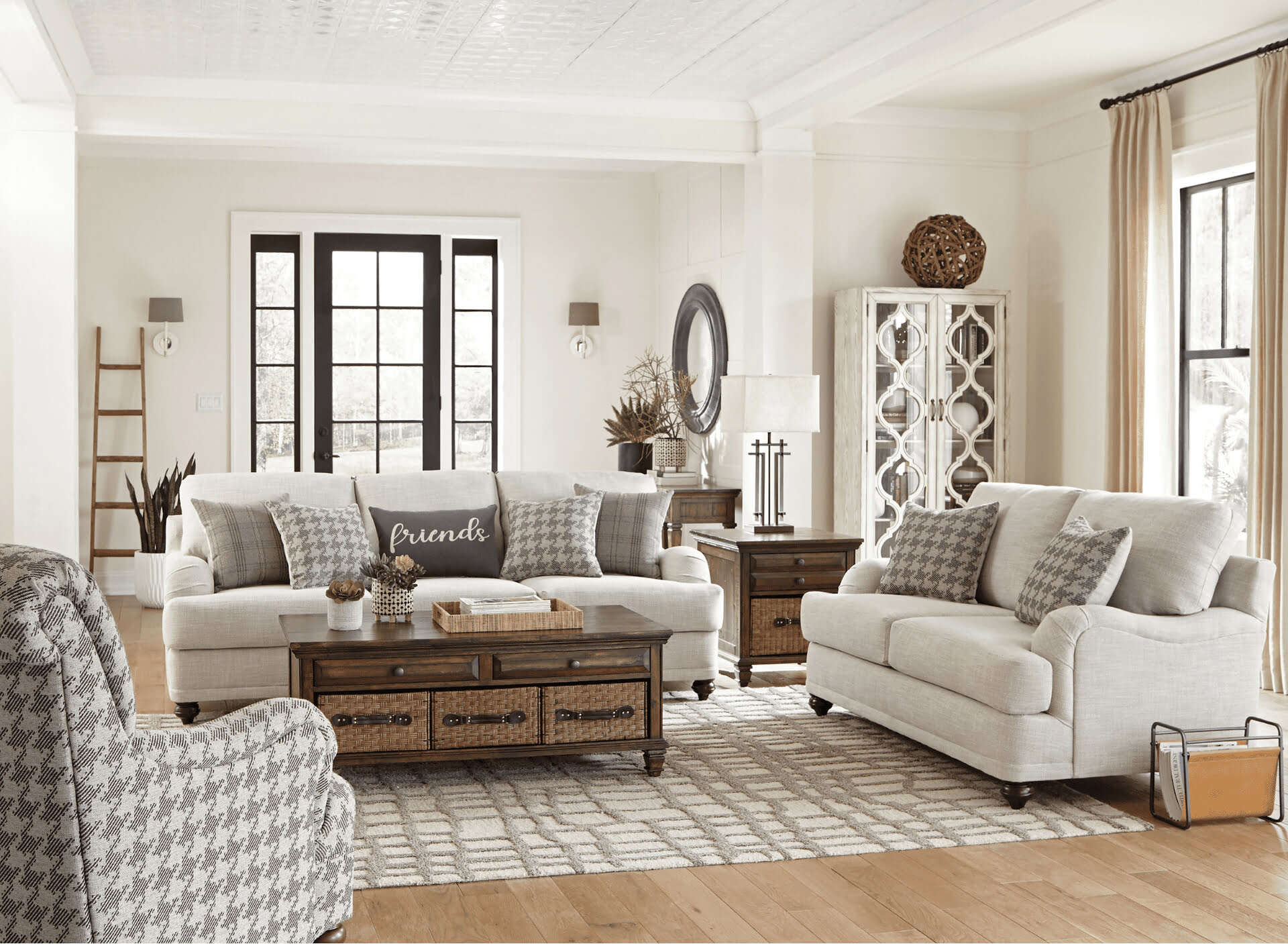
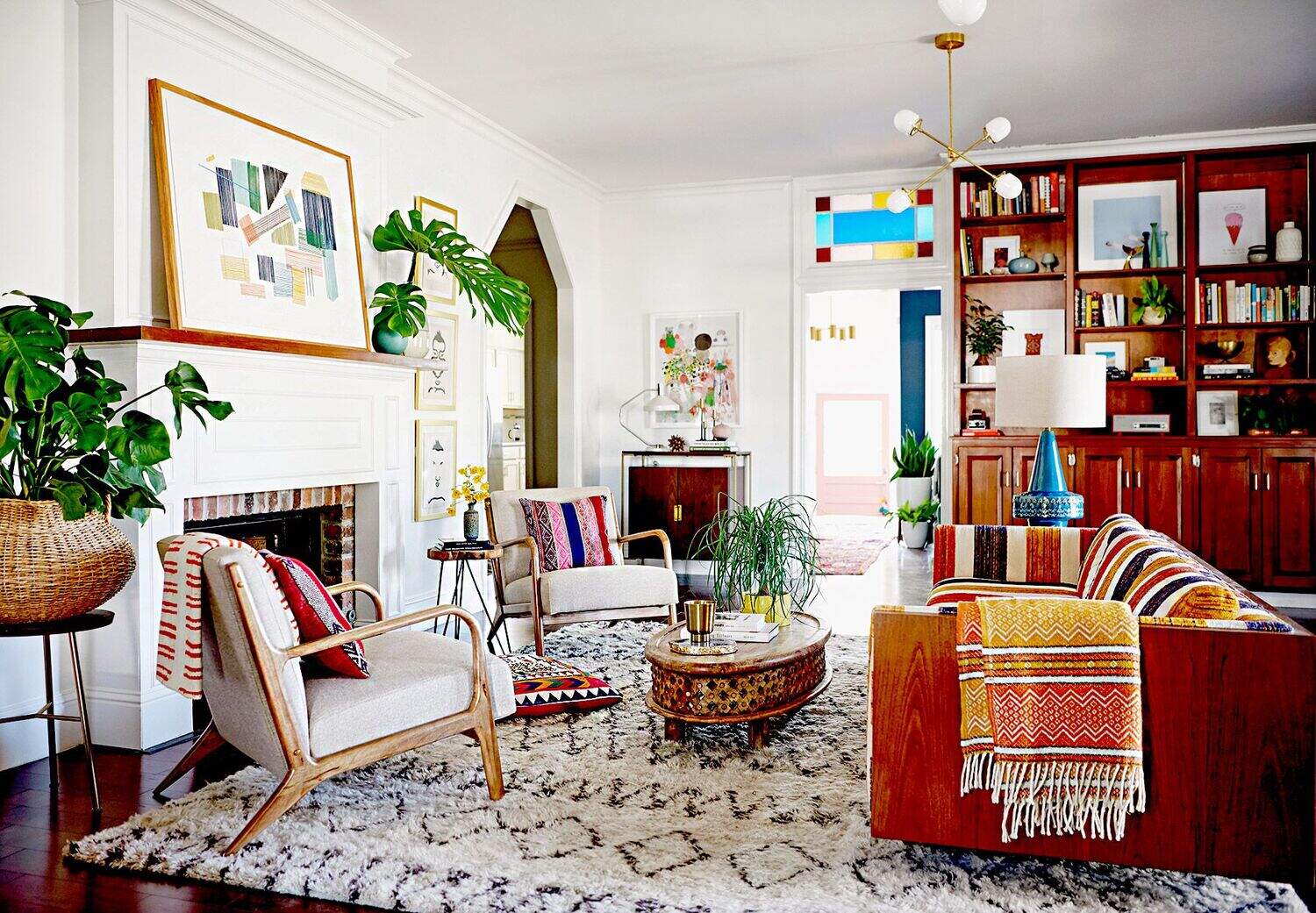

0 thoughts on “How Much Does It Cost To Paint A Living Room”